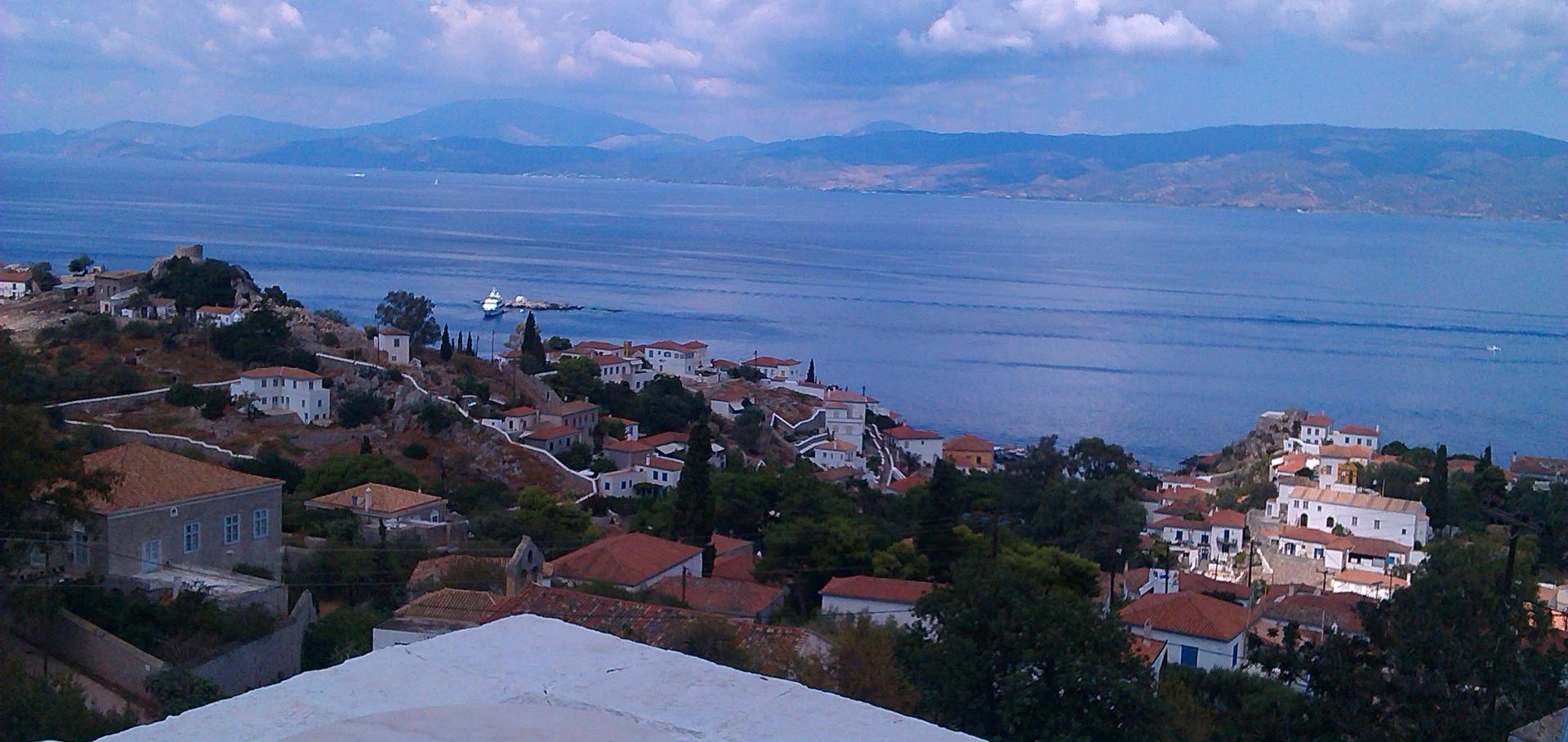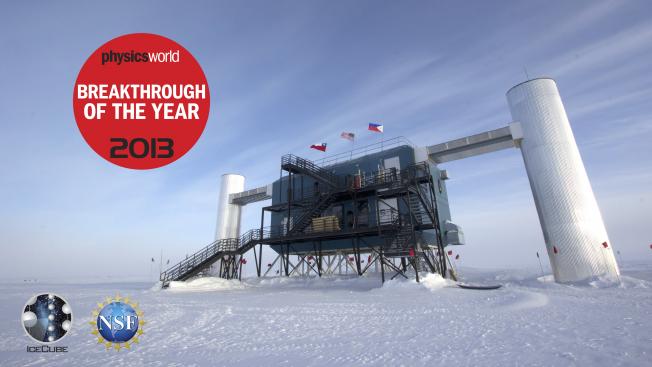Laboratory realization of relativistic pair-plasma beams
Nature Communications Springer Nature 15:1 (2024) 5029
Abstract:
Relativistic electron-positron plasmas are ubiquitous in extreme astrophysical environments such as black-hole and neutron-star magnetospheres, where accretion-powered jets and pulsar winds are expected to be enriched with electron-positron pairs. Their role in the dynamics of such environments is in many cases believed to be fundamental, but their behavior differs significantly from typical electron-ion plasmas due to the matter-antimatter symmetry of the charged components. So far, our experimental inability to produce large yields of positrons in quasi-neutral beams has restricted the understanding of electron-positron pair plasmas to simple numerical and analytical studies, which are rather limited. We present the first experimental results confirming the generation of high-density, quasi-neutral, relativistic electron-positron pair beams using the 440 GeV/c beam at CERN’s Super Proton Synchrotron (SPS) accelerator. Monte Carlo simulations agree well with the experimental data and show that the characteristic scales necessary for collective plasma behavior, such as the Debye length and the collisionless skin depth, are exceeded by the measured size of the produced pair beams. Our work opens up the possibility of directly probing the microphysics of pair plasmas beyond quasi-linear evolution into regimes that are challenging to simulate or measure via astronomical observations.Ruling out light axions: the writing is on the wall
SciPost Physics SciPost 15 (2023) 003
Abstract:
We revisit the domain wall problem for QCD axion models with more than one quark charged under the Peccei-Quinn symmetry. Symmetry breaking during or after inflation results in the formation of a domain wall network which would cause cosmic catastrophe if it comes to dominate the Universe. The network may be made unstable by invoking a ‘tilt’ in the axion potential due to Planck scale suppressed non-renormalisable operators. Alternatively the random walk of the axion field during inflation can generate a ‘bias’ favouring one of the degenerate vacua, but we find that this mechanism is in practice irrelevant. Consideration of the axion abundance generated by the decay of the wall network then requires the Peccei-Quinn scale to be rather low — thus e.g. ruling out the DFSZ axion with mass below ∼ 11 meV, where most experimental searches are in fact focused.A challenge to the standard cosmological model
IOP Publishing 937:2 (2022) L31
Abstract:
We present the first joint analysis of catalogs of radio galaxies and quasars to determine whether their sky distribution is consistent with the standard ΛCDM model of cosmology. This model is based on the cosmological principle, which asserts that the universe is statistically isotropic and homogeneous on large scales, so the observed dipole anisotropy in the cosmic microwave background (CMB) must be attributed to our local peculiar motion. We test the null hypothesis that there is a dipole anisotropy in the sky distribution of radio galaxies and quasars consistent with the motion inferred from the CMB, as is expected for cosmologically distant sources. Our two samples, constructed respectively from the NRAO VLA Sky Survey and the Wide-field Infrared Survey Explorer, are systematically independent and have no shared objects. Using a completely general statistic that accounts for correlation between the found dipole amplitude and its directional offset from the CMB dipole, the null hypothesis is independently rejected by the radio galaxy and quasar samples with p-values of 8.9 × 10−3 and 1.2 × 10−5, respectively, corresponding to 2.6σ and 4.4σ significance. The joint significance, using sample-size-weighted Z-scores, is 5.1σ. We show that the radio galaxy and quasar dipoles are consistent with each other and find no evidence for any frequency dependence of the amplitude. The consistency of the two dipoles improves if we boost to the CMB frame assuming its dipole to be fully kinematic, suggesting that cosmologically distant radio galaxies and quasars may have an intrinsic anisotropy in this frame.Blast from the past: Constraints on the dark sector from the BEBC WA66 beam dump experiment
SciPost Physics SciPost 10 (2021) 043
Abstract:
We derive limits on millicharged dark states, as well as particles with electric or magnetic dipole moments, from the number of observed forward electron scattering events at the Big European Bubble Chamber in the 1982 CERN-WA-066 beam dump experiment. The dark states are produced by the 400 GeV proton beam primarily through the decays of mesons produced in the beam dump, and the lack of excess events places bounds extending up to GeV masses. These improve on bounds from all other experiments, in particular CHARM II.The Forward Physics Facility at the High-Luminosity LHC
(2022)



